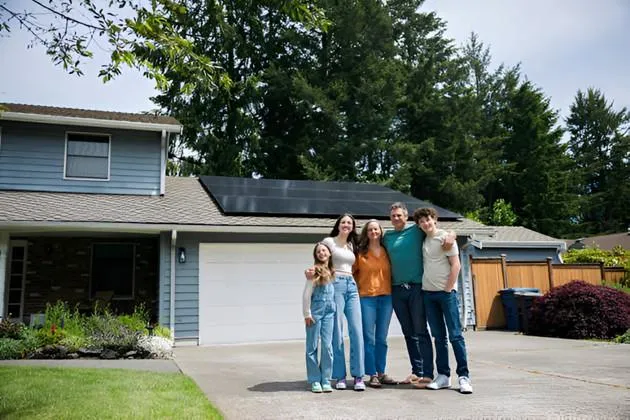
What You Need to Know Before Installing Solar Panels at Home?
Installing solar is one of the most rewarding investments you can make for your home, but it requires careful thought before taking the plunge. At Ramselec Solar, we work with families across Australia who want reliable systems that save money and support a sustainable future. Understanding the key considerations before installation ensures your solar panels deliver maximum value and long-lasting performance.
Table of Contents
2. Choosing the Right Solar Panels
4. Solar Inverter and Battery Storage
5. Understanding the Costs and Incentives
Key Takeaways
Roof condition and orientation affect solar efficiency.
Choose the right system size for your household needs.
Battery storage increases independence and resilience.
Professional installation ensures safety and compliance.
In recent years, solar power has gained significant traction as a sustainable energy source for Australian homes. The abundance of sunshine and government incentives make it an attractive option for homeowners looking to reduce their energy bills and contribute to a greener planet. However, before leaping into solar energy, there are a few important considerations to keep in mind. From understanding your energy needs to choosing the right installation partner, here are the points to consider before installing solar panels at home.
1. Assess Your Energy Needs
Before diving into the world of solar, the first step is to assess your current energy usage. This includes reviewing your electricity bills over the past year to understand how much power you typically consume each month. Energy usage can vary seasonally, so look for trends that can help determine the ideal system size for your home. Larger homes with more residents or high-energy appliances like air conditioners and electric hot water systems may require a bigger solar system to meet their energy demands.
By understanding your energy needs, you can avoid over-sizing or under-sizing the solar system, ensuring that your investment is both efficient and cost-effective. A qualified solar installer can help you estimate how much energy a solar panel system will generate based on your usage and the local weather patterns.
2. Choosing the Right Solar Panels
There are various types of solar panels available, each with different levels of efficiency, solar panel lifespan and durability, and cost. The two primary types of panels are monocrystalline and polycrystalline.
Monocrystalline Panels: Monocrystalline panels are made from a single continuous crystal structure, making them more efficient and durable. They tend to be a bit more expensive, but they require less space, which can be ideal for homes with limited roof space.
Polycrystalline Panels: Polycrystalline panels are made from fragments of silicon crystals, which makes them less expensive but also slightly less efficient. These panels require more space to generate the same amount of power, which can be a consideration if you have a large roof.
There are also thin-film panels, which are lighter and more flexible, but generally less efficient than the crystalline options. When choosing a solar panel, think about the amount of space you have on your roof, your budget, and the efficiency you're after.
3. Roof Space and Orientation
The amount of roof space available and the orientation of your roof can significantly impact the performance of your solar panels. Ideally, solar panels should face north in Australia (in the Southern Hemisphere) to capture the most sunlight throughout the day. East and west-facing roofs can still work, but may have a slightly lower energy output.
Before installation, ensure your roof is structurally sound and capable of handling the weight of the solar panels. Certain older homes may require roof repairs or structural reinforcement before installation. Additionally, trees or other structures that cast shadows on your roof can reduce the efficiency of your solar panels. Consider whether trimming trees or moving obstacles is necessary to optimise your system's performance.
4. Solar Inverter and Battery Storage
A key component of any solar panel system is the solar inverter, which converts the direct current (DC) electricity generated by the panels into alternating current (AC) electricity that powers your home. There are two main types of inverters: string inverters and microinverters.
String Inverters: String inverters connect all panels in a series, so if one panel is shaded or malfunctioning, it can affect the performance of the entire system.
Microinverters: Microinverters are installed on each panel, offering more flexibility and efficiency, especially in situations where partial shading occurs.
Battery storage is another option to consider. Solar batteries allow you to store excess energy generated during the day to use at night or during peak demand periods. This can be a game-changer for homes in areas with high electricity rates or unreliable grid connections. However, battery storage systems can be expensive, and not every home needs one, especially if you’re able to export surplus power back to the grid.
5. Understanding the Costs and Incentives
The initial cost of installing solar panels can vary significantly based on the size of the system, the type of panels and inverter, and the complexity of the installation. On average, you might expect to pay anywhere between $3,000 and $10,000 for a typical residential solar installation in Australia.
While the upfront cost can be substantial, there are several incentives available to help reduce the financial burden:
Small-scale Renewable Energy Scheme (SRES): This federal government initiative provides financial incentives for households to install solar systems, lowering the upfront costs.
State-based Rebates: Many states and territories in Australia offer additional rebates or incentives, such as the Queensland Government’s Solar for Rentals program.
Feed-in Tariffs (FiTs): These are payments or credits you receive for exporting excess energy back into the grid. The rates for FiTs vary by state and electricity provider, but they can provide an ongoing income or savings over time.
6. Choosing a Reputable Installer
When selecting a solar installer, it's crucial to do your research. Make sure the installer is accredited by the Clean Energy Council (CEC), which ensures they meet high standards of quality and safety. A reputable installer should also offer a warranty for both the panels and the installation work.
Don’t hesitate to ask for references, read reviews, and get quotes from multiple installers to compare prices and services. A trustworthy installer will take the time to explain your options, answer questions, and provide a detailed installation plan.
7. Maintenance and Longevity
Solar panel systems require relatively little maintenance once installed. Panels are designed to withstand the elements, and with no moving parts, there’s less chance of mechanical failure. However, it’s still important to keep your panels clean and clear of debris, such as leaves or bird droppings, which can reduce their efficiency.
Although solar panels are built to last, their efficiency can gradually decline over time. Most high-quality solar panels come with warranties of 25 years or more, and the inverter may need to be replaced every 5-10 years.
8. Preparing for the Future
In addition to lowering energy bills, installing solar readies your home for future technologies. From smart meters to electric vehicles, your solar investment can adapt to new energy systems. Hybrid setups with battery storage also provide flexibility as the energy landscape evolves.
Conclusion
Installing solar panels at home is a powerful step towards lower bills, energy security, and a cleaner future. At Ramselec Solar, we ensure every system is designed and installed with precision, compliance, and care. If you’re considering solar for your home, don’t wait. Contact us today and let our experts guide you through the process with a tailored solution.
FAQs:
How many solar panels do I need for my home?
The number depends on your energy use and roof space. A standard 6.6kW system typically requires around 18–22 panels.
Do solar panels work on cloudy days?
Yes, panels still generate electricity in low light, though output is reduced compared to sunny conditions.
Can I add batteries to my system later?
Yes. Many existing systems can be upgraded to a hybrid system by adding batteries and compatible inverters.
How long do solar panels last?
Most panels last 20–25 years, with warranties often covering this period. Inverters and batteries may need replacement sooner.
Will solar panels increase my property value?
Yes. Homes with solar are more attractive to buyers thanks to lower running costs and environmental benefits.







